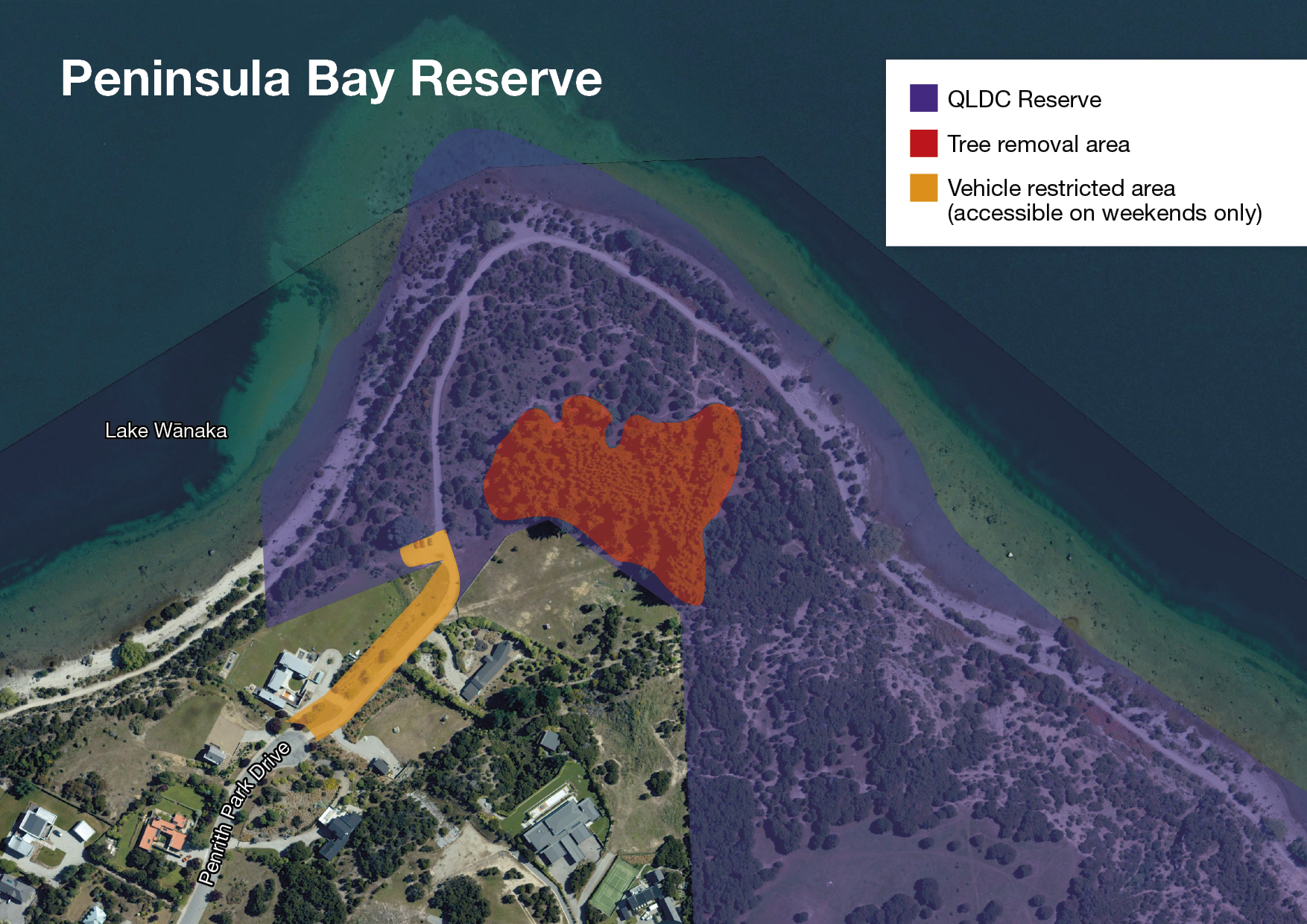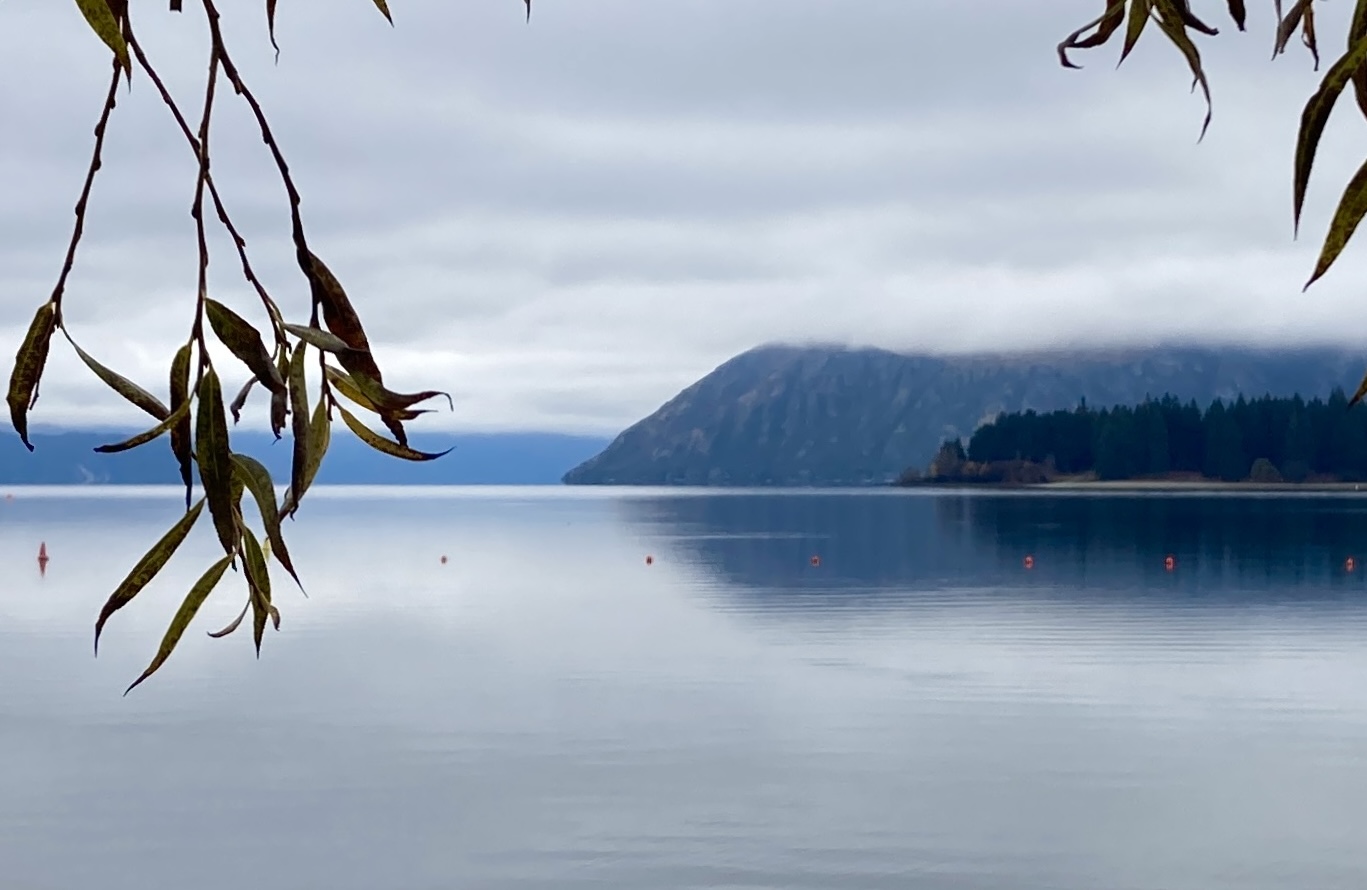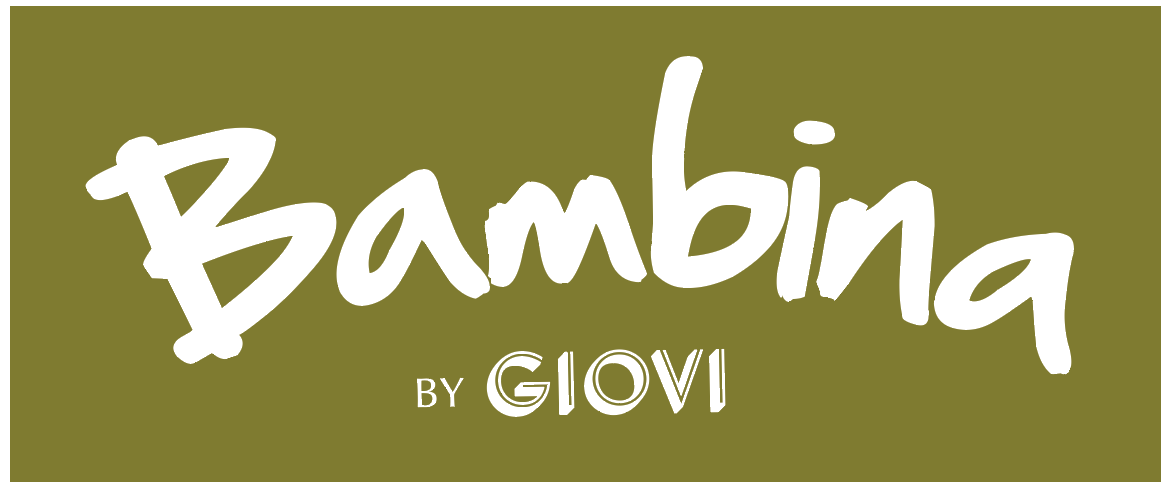Regeneration project planned for Peninsula Bay Reserve

27 October 2025, 4:06 PM
 The red area indicates the trees marked for removal. IMAGE: Supplied
The red area indicates the trees marked for removal. IMAGE: SuppliedA one-hectare stand of Douglas fir and radiata pine will be removed from the Peninsula Bay reserve as the first step in a long-term ecological restoration initiative.
Queenstown Lakes District Council (QLDC) has partnered with Upper Clutha community groups on the project, which aims to control wilding conifers and enhance biodiversity across the district.
The stand of trees marked for removal sits between Lake Wānaka and the Peninsula Bay residential area.
It has been identified for restoration due to the dominance of exotic conifers and the opportunity to establish a more diverse native seed source for the wider reserve.
Tree removal is scheduled to begin in the last week of October 2025 and will take approximately four weeks to complete, weather permitting, QLDC said.
The project is being funded by private donors through the Upper Clutha Wilding Tree Group (UCWTG), with support from Otago Regional Council, and delivered in collaboration with Te Kākano Aotearoa Trust, Upper Clutha Tracks Trust, Bike Wānaka, and a local resident group.
QLDC community services general manager Kenneth Bailey said he appreciated the collective efforts of these groups, working together to support the preservation and restoration of public reserve spaces.
“Collaborating with a range of local groups that are invested in strong community and environmental outcomes always delivers the most benefit long-term,” Gordon said.
Upper Clutha Wilding Tree Group committee member Arne Cleland said the project will play a part in the long-term strategy to control pest species spread in the Upper Clutha.
"This stand of Douglas fir is adjacent to Stevensons Peninsula which the UCWTG, in collaboration with Mt Burke Station, recently completed wilding conifer control on,” he said.
“Douglas fir was found to be the main pest species at the southern end of the peninsula. By removing the stand of coning trees in this reserve, we're continuing to reduce the seed spread into the surrounding landscape.”
Replanting of the site is planned for autumn 2026, with around 4,400 eco-sourced native shrubs and trees to be established over five years. Te Kākano nursery will play a key role in propagating and providing native seedlings for the project.
The restoration plan includes two future trails through the reserve, which will be constructed in line with the reserve development plan when funding allows.
Te Kākano Aotearoa Trust chair Greg Nelson said the project is aligned with its mission to foster community-led habitat restoration through hands-on participation.
Upper Clutha Tracks Trust founding trustee and treasurer John Wellington said he was proud to be involved with the project as part of its new track development connecting the Peninsula Bay community and tracks with the lake and Lakeside Track.
During the removal period, the operational area will be taped off and there will be no public access. Walking and bike access to the wider reserve will remain open, however vehicles will be restricted from entering the reserve and will need to be left at the road end. Signage, cones and caution tape will be in place to guide visitors safely around the operational area and the public is asked to be mindful of their proximity to the site.
PHOTO: Wānaka App






